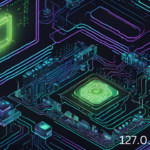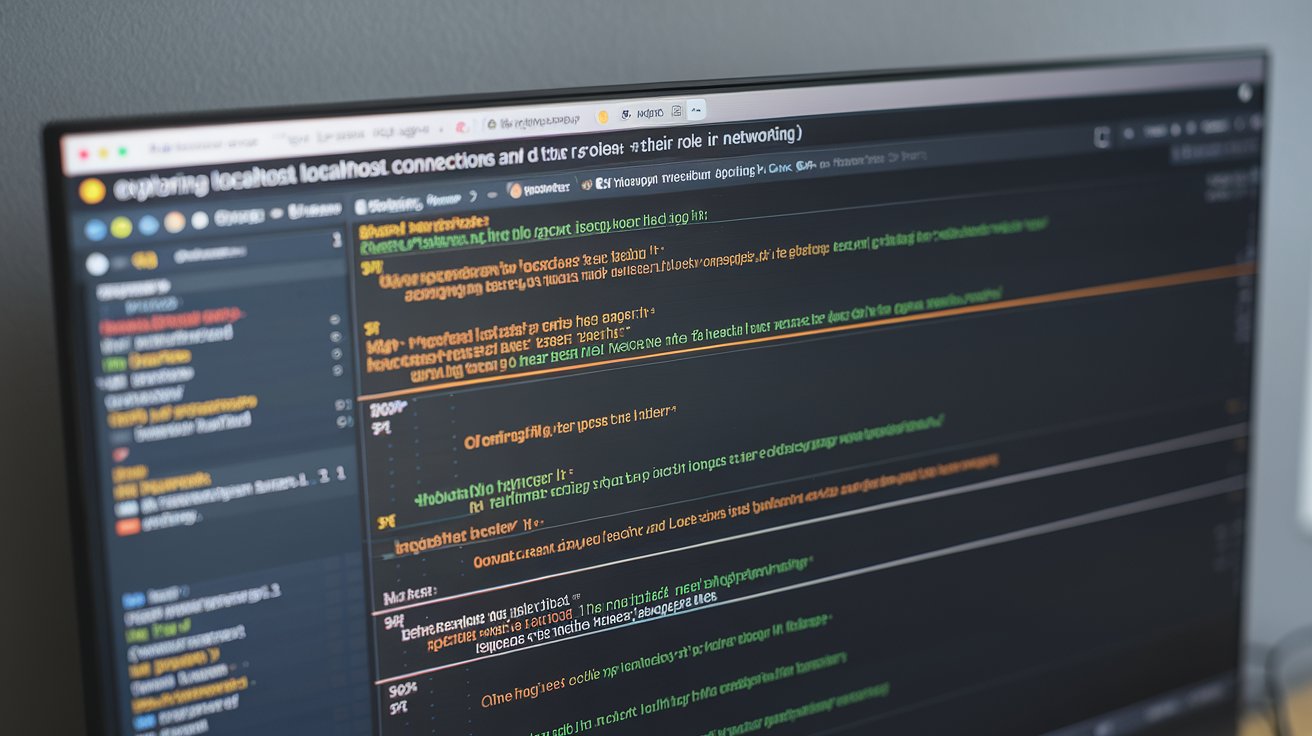
In the vast world of networking and computer systems, specific terms stand out for their significance, even if they seem mundane at first glance. One such term is 127.0.0.1:62893, a combination of an IP address and a port number. Understanding this concept is essential for developers, IT professionals, and anyone curious about local network communications. Let’s dive into the depths of this address, exploring its meaning, applications, and troubleshooting techniques.
What is 127.0.0.1:62893?
To break it down, 127.0.0.1 is a loopback IP address referring to your device. It is like sending a letter to yourself, ensuring the communication never leaves your system. The number 62893 following the colon is a port, a gateway that enables specific applications to send and receive data within the computer. Together, 127.0.0.1:62893 signifies a local address and a port used for internal processes, testing, and communication.
The Role of 127.0.0.1
The IP address 127.0.0.1 plays a fundamental role in networking. Known as the “localhost” or loopback address, it’s primarily used for:
- Local Development: Developers rely on this address to test applications without exposing them to external networks.
- Internal Communication: Many services within your computer communicate using this IP, ensuring secure and isolated interactions.
- Debugging: Issues within applications or systems can be identified by targeting this address during testing.
By default, 127.0.0.1 is an isolated address. It doesn’t interact with the broader internet, making it invaluable for development and testing.
Understanding Port 62893
What Are Ports?
Ports act as digital doors that allow specific types of communication between applications or devices. For instance, web traffic often uses port 80 for HTTP and port 443 for HTTPS.
Dynamic Nature of 62893
Port 62893 is part of the dynamic or ephemeral port range. Unlike standard ports reserved for specific protocols, dynamic ports are allocated temporarily by the operating system for custom applications or services.
Why 62893?
There’s no universal significance to the number 62893. Its use depends entirely on the application or service that requires it. For example:
- A local development server might randomly assign this port for its process.
- A testing tool might be used to simulate network traffic.
Applications of 127.0.0.1:62893
- Local Development Servers
Web developers often use 127.0.0.1:62893 when running applications on local servers. Tools like Node.js, Django, or Flask may assign this combination during development. This setup allows developers to test functionalities without risking exposure to public networks.
- Debugging and Testing
127.0.0.1:62893 serves as a testing ground when troubleshooting network issues or application bugs. Developers can monitor traffic, test APIs, and inspect logs to pinpoint problems.
- Specialized Software
Specific programs, particularly those involving internal data exchange, utilize addresses like 127.0.0.1:62893. These include:
- Databases: For internal connections between applications and database servers.
- Messaging Systems: For sending and receiving local notifications or messages.
- Custom Tools: For specific tasks like simulations or performance evaluations.
Troubleshooting 127.0.0.1:62893
Encountering issues with 127.0.0.1:62893 can be frustrating. Here are some steps to resolve them:
- Check for Conflicting Applications
Conflicts arise if multiple applications try to use the same port. Use tools like Netstat or Task Manager to identify which application occupies port 62893.
- Restart the Application or Service
Restarting the problematic application often resolves temporary issues related to port allocation.
- Inspect Firewall Settings
Firewalls might block communication on 127.0.0.1:62893. Ensure that the port and IP are allowed in your firewall rules.
- Reboot Your Computer
Sometimes, restarting your system clears temporary conflicts or errors affecting port usage.
- Review Application Logs
Logs provide valuable insights into why 127.0.0.1:62893 might not function as expected. Could you review them for error codes or messages?
Security Implications
While 127.0.0.1:62893 is inherently secure due to its local nature, vulnerabilities can arise if:
- Malicious software exploits open ports.
- Poorly configured applications unintentionally expose sensitive data.
To mitigate risks:
- Regularly update your software and operating system.
- Use antivirus tools to scan for potential threats.
- Ensure only trusted applications access dynamic ports like 62893.
Practical Tips for Working with 127.0.0.1:62893
- Reserve Ports Carefully: Configure your application to reserve it if you need to use 62893 consistently.
- Monitor Usage: Use tools like Wireshark or TCPView to observe traffic on 127.0.0.1:62893.
- Document Configurations: Maintain records of applications and their assigned ports to avoid conflicts.
Conclusion
The address 127.0.0.1:62893 may seem obscure, but it is very important in the realm of local networking and development. It is a gateway for testing, debugging, and internal communication within systems. By understanding its role, uses, and potential challenges, you can harness its power effectively and troubleshoot issues confidently.
When you encounter 127.0.0.1:62893, remember its purpose as a cornerstone of local system interactions. From aiding developers to facilitating secure communications, this simple address is vital in the digital toolbox.















